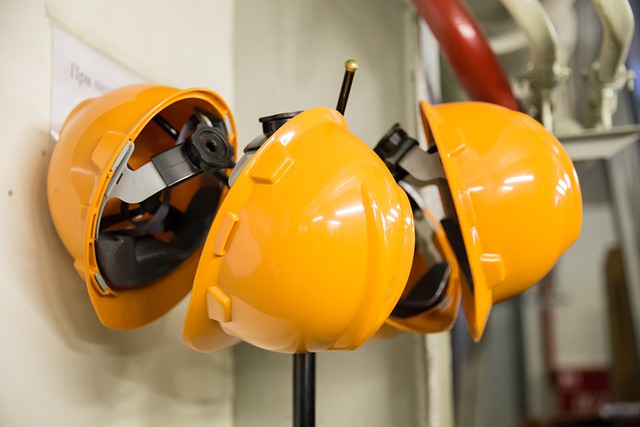Proactive Maintenance Strategies for Improved Efficiency and Cost Savings in Organizations

Many organizations fail in their maintenance strategy because they have a limited understanding of what maintenance truly entails. Typically, these organizations will hire engineers and a maintenance team who are experts at fixing asset failures but have little knowledge on how to prevent these failures in the first place, leading to increased downtime.
The problem lies in the fact that these organizations and their maintenance teams often view maintenance as simply another word for repair. However, this view is misguided and can lead to increased problems in the long run.
Maintenance is not synonymous with repair. Repair is a consequence of failing to perform proactive maintenance. In other words, repair is not the solution for achieving reliability. Rather, reliability is achieved through proactive maintenance designed to prevent or mitigate daily failures or breakdowns, rather than simply trying to fix these problems after the fact.
Maintenance is proactive in nature and is implemented to minimize reactive emergency repairs. This means that while repair tries to fix a problem that may already be impacting productivity, maintenance seeks to prevent or minimize the possibility of the problem occurring in the first place. By implementing proactive maintenance strategies, organizations can reduce downtime and improve overall efficiency.
Organizations need to recognize that maintenance is a crucial part of their operations, and it should not be viewed as a cost center. Instead, it should be seen as an investment that can lead to significant cost savings and increased productivity in the long run.
To implement an effective maintenance strategy, organizations must have a clear understanding of their assets and the potential problems that may arise. They should conduct regular inspections and assessments to identify areas that require maintenance, and prioritize these based on their impact on production or safety.
Moreover, organizations should invest in the right tools and technologies to support their maintenance efforts. This can include the use of predictive maintenance techniques such as condition monitoring or machine learning algorithms, which can identify potential issues before they lead to asset failure.
Finally, it's essential to have the right people in place to support maintenance efforts. This includes hiring and training a team of skilled technicians who have a deep understanding of the assets they are responsible for maintaining. It also means fostering a culture of proactive maintenance, where everyone in the organization understands the importance of maintaining assets and takes responsibility for ensuring they are in good working condition.
In conclusion, organizations must shift their focus from reactive repair to proactive maintenance if they want to achieve reliability and efficiency in their operations. By investing in the right people, processes, and technologies, they can reduce downtime, minimize emergency repairs, and maximize the lifespan of their assets, leading to significant cost savings and improved productivity.

Become a Certified Maintenance & Reliability Professional
With our online self paced course taught by our expert facilitator with over 18 years industry experience and who has spent the last 7 years preparing over 300 delegates for the CMRP, Your dream global accreditation is much closer than you anticipate. Be a part of our 100% success story. Click the button below to learn more.

This is really a well crafted piece that makes a compelling argument for maintenance. That “maintenance should not be viewed as a cost center, but as investment with potential cost savings and significant ROI” is a brilliant submission and this most likely will be the unique selling point for the argument. Great stuff.
Maintenance is part of creation, therefore for effective maintenance to take place cost must be involve.